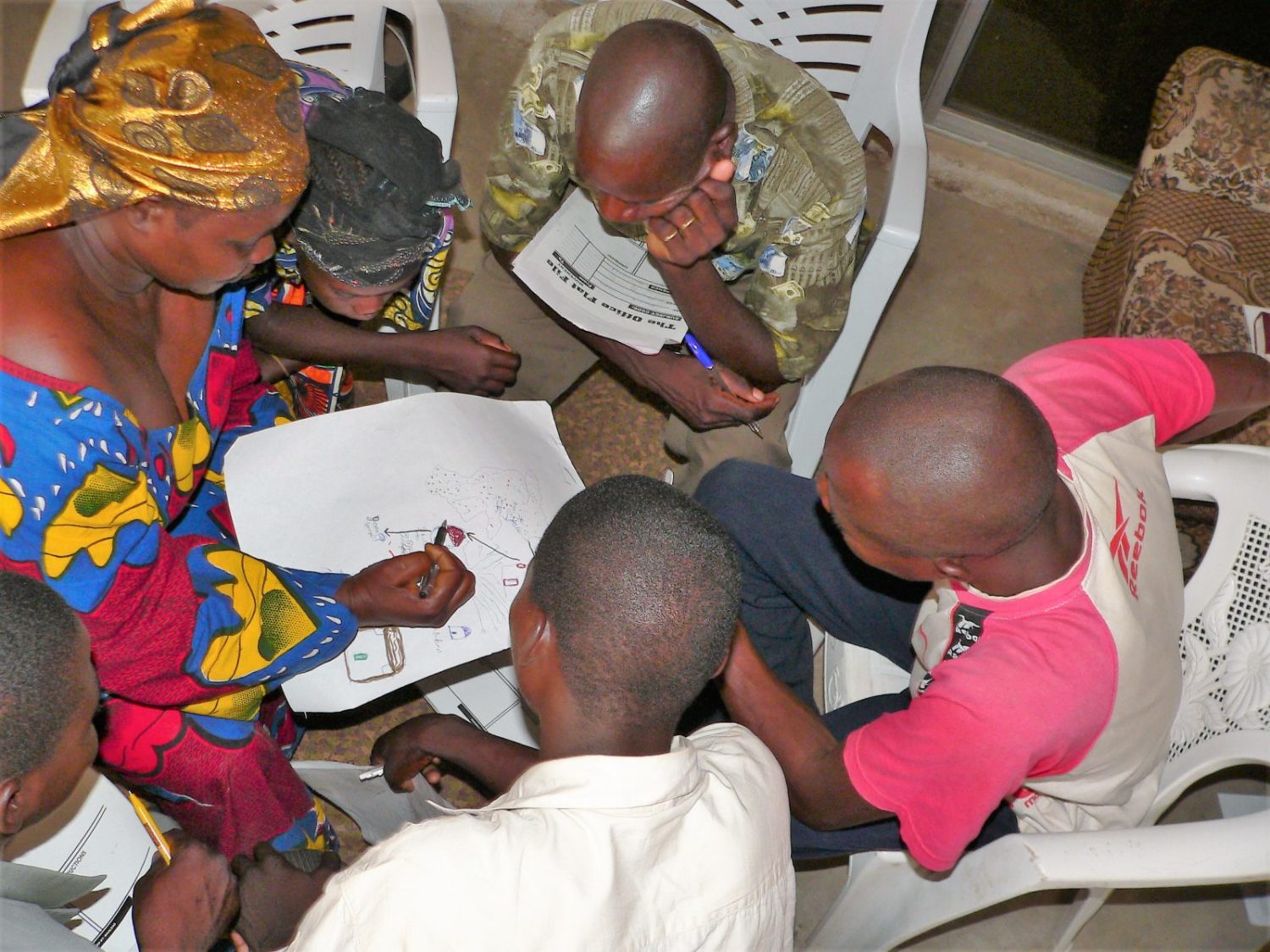“We’ve been looking for a place to have our Discovery Bible Study. I’m so excited! The pastor has said we can use the church! It solves our childcare problem too. We can use the nursery area for the kids.” She sounded so happy. Inside, I cringed. “Oh no! That doesn’t sound like the best option. …
Can community development and Disciple Making Movements flow together? This guest blog on integral mission was written by my friend Martine. Her story and input provide a clear answer to this question. My first experiences in mission were in a time of famine. We worked among a nomadic tribe. They were one hundred percent of …
Acronyms are funny. They don’t translate well into other languages. At the same time, they do help us remember things. One of the acronyms I’ve heard used from my early days in church planting is M.A.W.L. I believe it was first used by David Garrison in his Church Planting Movements booklet. What does it stand …
“I don’t feel qualified to train others in DMM,” she said to me. “I haven’t started a movement yet.” Her face was downcast and sad. This active, field practitioner felt unworthy to speak to others about Disciple Making Movements. They hadn’t yet seen multiplication as they hoped. Who is qualified to train others? The reverse …
Human beings are complex. We like to complicate things. Jesus knew how to keep it simple. This is easier said than done. Simple doesn’t mean easy or light. When we keep things straight-forward, they are easily reproduced by others. The baton we try to pass to others can quickly become heavy. If you want to …
Have you ever gotten on the wrong bus or train and not realized it? I have! Without a good understanding of Disciple Making Movement (DMM) principles, we can easily get off track. We waste time going in the wrong direction in our discipleship or church planting efforts. Oh No! I’m On The Wrong Train! A …
Do you long to see more multiplication through your discipleship training? Are you tired of only seeing a few new disciples each year? The last two blogs talked about Keys for seeing DMMs released. The first keys were Key #1: Praying With Faith and Key #2: Perseverance. There is another crucial key to releasing a …






